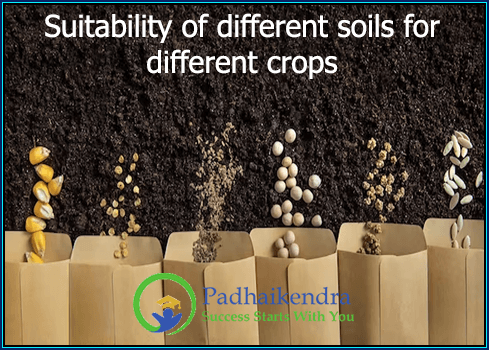The suitability of different soils for different crops can vary based on a variety of factors such as climate, topography, soil texture, and nutrient availability. Here are some general guidelines:
- Sandy soil: Sandy soils are well-drained and warm up quickly in the spring, making them suitable for early-season crops such as lettuce, carrots, and radishes. However, they tend to be low in nutrients and water-holding capacity, so they may require frequent irrigation and fertilization.
- Clay soil: Clay soils are rich in nutrients but tend to drain poorly, making them suitable for crops that require a lot of water such as rice, wheat, and corn. However, they may not be suitable for crops that need good drainage such as tomatoes or peppers.
- Loamy soil: Loamy soils are a mixture of sand, silt, and clay and are considered to be the most ideal soil for most crops. They have good drainage and water-holding capacity and are rich in nutrients, making them suitable for a wide range of crops including vegetables, fruits, and grains.
- Peaty soil: Peaty soils are high in organic matter and are typically found in wetland areas. They are acidic and nutrient-rich, making them suitable for crops that prefer acidic soil such as blueberries and cranberries.
- Saline soil: Saline soils have high levels of salt and are typically found in arid regions. They are not suitable for most crops, but there are some crops such as barley and sugar beets that are tolerant of high salt levels.
- Chalky soil: Chalky soils are alkaline and typically have low levels of organic matter. They are not suitable for most crops, but there are some crops such as brassicas (e.g. cabbage, broccoli) that prefer alkaline soil.
It’s important to note that the suitability of soil for a particular crop can vary depending on the specific variety of the crop and the local climate and growing conditions.





